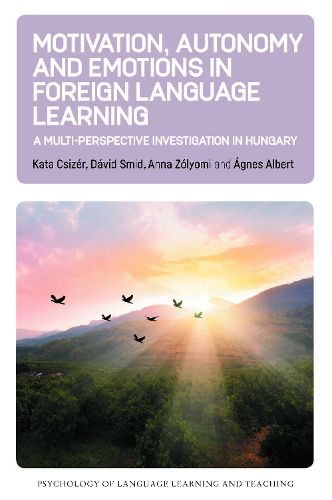Readings Newsletter
Become a Readings Member to make your shopping experience even easier.
Sign in or sign up for free!
You’re not far away from qualifying for FREE standard shipping within Australia
You’ve qualified for FREE standard shipping within Australia
The cart is loading…






This book highlights the roles of several individual difference (ID) variables on the language learning process, exploring them from both the students' and the teachers' perspectives. It presents the results of a large-scale, mixed-methods investigation which was conducted with secondary school pupils and their teachers in Hungary. The quantitative questionnaire data is used to analyze the English language learners' motivation, autonomy and self-efficacy beliefs, and to examine the relationships between these and a wide range of positive and negative emotions. The qualitative data, consisting of interviews with teachers, gives voice not only to an understanding of student-related ID variables but also to teachers' reflections on their own cognitive, affective and behavioral processes. Taken together, the contrastive analysis of these two datasets yields interactional results that provide fresh insights into the language learning process and practical classroom applications.
$9.00 standard shipping within Australia
FREE standard shipping within Australia for orders over $100.00
Express & International shipping calculated at checkout
This book highlights the roles of several individual difference (ID) variables on the language learning process, exploring them from both the students' and the teachers' perspectives. It presents the results of a large-scale, mixed-methods investigation which was conducted with secondary school pupils and their teachers in Hungary. The quantitative questionnaire data is used to analyze the English language learners' motivation, autonomy and self-efficacy beliefs, and to examine the relationships between these and a wide range of positive and negative emotions. The qualitative data, consisting of interviews with teachers, gives voice not only to an understanding of student-related ID variables but also to teachers' reflections on their own cognitive, affective and behavioral processes. Taken together, the contrastive analysis of these two datasets yields interactional results that provide fresh insights into the language learning process and practical classroom applications.